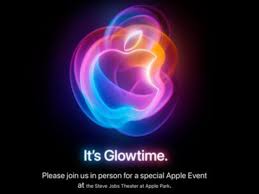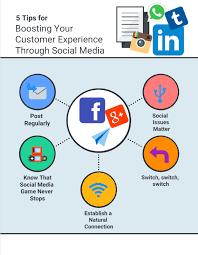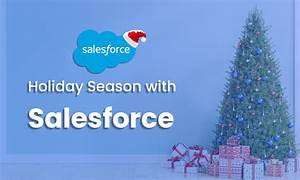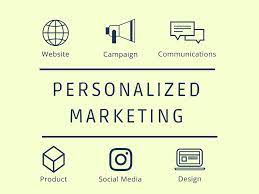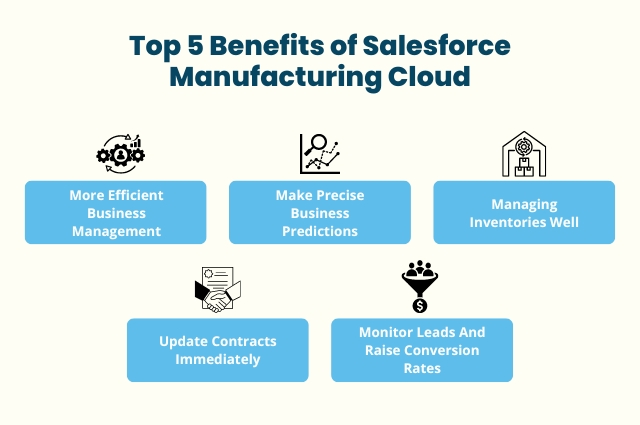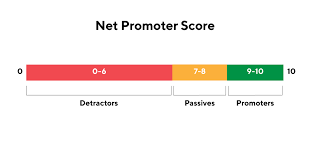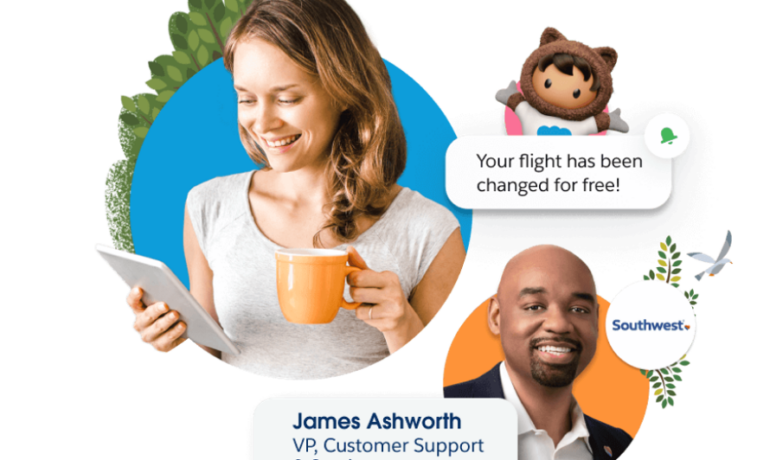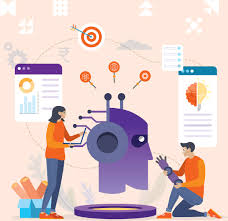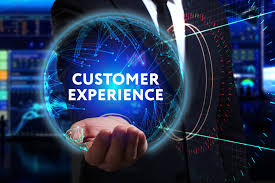Apple New AI
Apple Unveils New AI Features at “Glowtime” Event In typical fashion, Apple revealed its latest product updates on Monday with a pre-recorded keynote titled “Glowtime,” referencing the glowing ring around the screen when Apple Intelligence is activated. Though primarily a hardware event, the real highlight was the suite of AI-powered features coming to the new iPhone models this fall. The 98-minute presentation covered updates to iPhones, AirPods, and the Apple Watch, with Apple Intelligence being the thread tying together user experiences across all devices. MacRumors has published a detailed list of all announcements, including the sleep apnea detection feature for the Apple Watch and new hearing health tools for AirPods Pro 2. Key AI Developments for Brand Marketers Apple Intelligence was first introduced at its WWDC event in June, focusing on using Apple’s large language model (LLM) to perform tasks on-device with personalized results. It draws from user data in native apps like Calendar and Mail, enabling AI to handle tasks like image generation, photo searches, and AI-generated notifications. The keynote also introduced a new “Visual Intelligence” feature for iPhone 16 models, acting as a native visual search tool. By pressing the new “camera control” button, users can access this feature to perform searches directly from their camera, such as getting restaurant info or recognizing a dog breed. Apple’s AI-powered visual search offers a strategic opportunity for brands. The information for local businesses is pulled from Apple Maps, which relies on sources like Yelp and Foursquare. Brands should ensure their listings are well-maintained on these platforms and consider optimizing their digital presence for visual search tools like Google Lens, which integrates with Apple’s search. The Camera as an Input Device and the Rise of Spatial Content The camera’s role as an input device has been expanding, with Apple emphasizing photography as a key feature of its new iPhones. This year, the iPhone 16 introduces a new camera control button, offering enhanced haptic feedback for smoother control. Third-party apps like Snapchat will also benefit from this addition, giving users more refined camera capabilities. More importantly, iPhone 16 models can now capture spatial content, including both photos and audio, optimized for the Vision Pro mixed-reality headset. Apple’s move to integrate spatial content aligns with its goal to position the iPhone as a professional creator tool. Brands can capitalize on this by exploring augmented reality (AR) features or creating immersive user-generated content experiences. Apple’s Measured Approach to AI While Apple is clearly pushing AI, it is taking a cautious, phased approach. Though the new iPhones will hit the market soon, the full range of Apple Intelligence features will roll out gradually, starting in October with tools like the AI writing assistant and photo cleanup. More advanced features will debut next spring. This measured approach allows Apple to fine-tune its AI, avoiding rushed releases that could compromise user experience. For brands, this offers a lesson in pacing AI adoption: prioritize quality and customer experience over speed. Rather than rushing to integrate AI, companies should take time to understand how it can meaningfully enhance user interactions, focusing on trust and consistency to maintain customer loyalty. By following Apple’s lead and gradually introducing AI capabilities, brands can build trust, sustain anticipation, and ensure they offer technology that genuinely improves the customer experience. Like Related Posts Salesforce OEM AppExchange Expanding its reach beyond CRM, Salesforce.com has launched a new service called AppExchange OEM Edition, aimed at non-CRM service providers. Read more The Salesforce Story In Marc Benioff’s own words How did salesforce.com grow from a start up in a rented apartment into the world’s Read more Salesforce Jigsaw Salesforce.com, a prominent figure in cloud computing, has finalized a deal to acquire Jigsaw, a wiki-style business contact database, for Read more Service Cloud with AI-Driven Intelligence Salesforce Enhances Service Cloud with AI-Driven Intelligence Engine Data science and analytics are rapidly becoming standard features in enterprise applications, Read more

